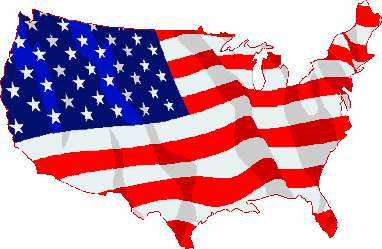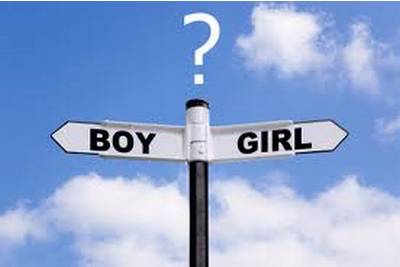Colorado marijuana’s potency getting ‘higher’
 CNN News 21 October 2016
CNN News 21 October 2016
Family First Comment: “In the early 1990s, the average THC content in confiscated cannabis samples was roughly 3.7% for marijuana,” according to the NIH National Institute on Drug Abuse. “In 2013, it was 9.6%.”
Another study that analyzed samples from pot seized by the US Drug Enforcement Administration from 1995 to 2014 also showed an increase in potency of “illicit cannabis plant material” from 4% THC content in 1995 to 12% in 2014, which is still far below what marijuana testing facilities are finding in Colorado and other states where recreational marijuana is sold.
THC percentages getting ‘higher’
In 2012, Colorado and Washington became the first states to legalize recreational marijuana, with Colorado implementing it first. There are currently no regulations in Colorado limiting THC levels.
“Those types of actions would be similar to saying we can’t have alcohol on the shelf other than beer, and people who don’t like beer, that want spirits, that want wine, are going to have to make it themselves,” Williams said.
Colorado state regulators do require recreational marijuana be tested for potency at third-party state licensed laboratories for labeling.
“The biggest issue is protecting the public’s health and safety and making sure this industry is based on sound accurate science,” said JJ Slatkin, director of business development at TEQ Analytical Laboratories.
TEQ has tested more than 100 different strains from more than two dozen clients, Slatkin said. His lab tests marijuana flower, concentrates and pot-infused products such as edibles.
While the tests measure potency of five different cannabinoids or components of the plant, THC is the cannabinoid connected to making people feel “high.”
Slatkin pulled up a recent test report showing a flower with about 32% total THC, acknowledging that it’s one of the highest THC levels he had seen in tests at TEQ. CMT Laboratories, another state-licensed testing facility, reported test results with THC content as high as 28%.
In states where marijuana is still illegal, “they’re only growing or getting access to kind of low-grade marijuana,” said Franson.
“In the early 1990s, the average THC content in confiscated cannabis samples was roughly 3.7% for marijuana,” according to the NIH National Institute on Drug Abuse. “In 2013, it was 9.6%.”
Another study that analyzed samples from pot seized by the US Drug Enforcement Administration from 1995 to 2014 also showed an increase in potency of “illicit cannabis plant material” from 4% THC content in 1995 to 12% in 2014, which is still far below what marijuana testing facilities are finding in Colorado and other states where recreational marijuana is sold.
Taking a health toll
These increasingly potent strains hit inexperienced users hard.
Data analyzed by the Colorado Department of Public Health and Environment (PDF) found that emergency room visits for marijuana-related incidents increased 29% from the years just before commercialization to 2014 through mid-2015.
Another study found that for Colorado residents, marijuana-related ER visits rose from 70 per 10,000 in 2012 to 101 per 10,000 in 2014 — a 44% increase.
READ MORE: http://edition.cnn.com/2016/10/21/health/colorado-marijuana-potency-above-national-average/index.html







